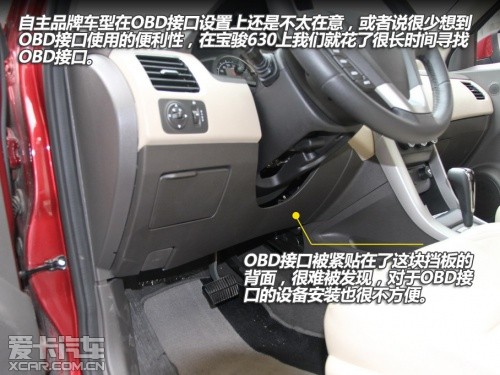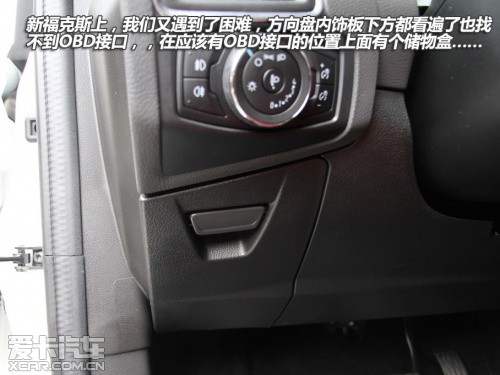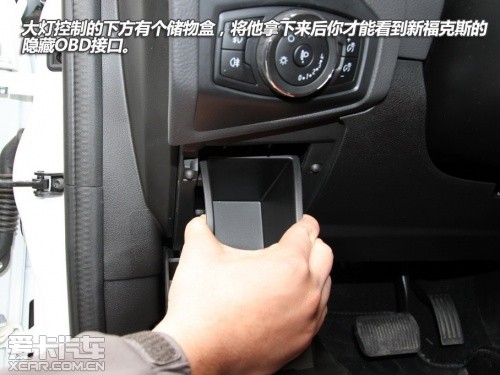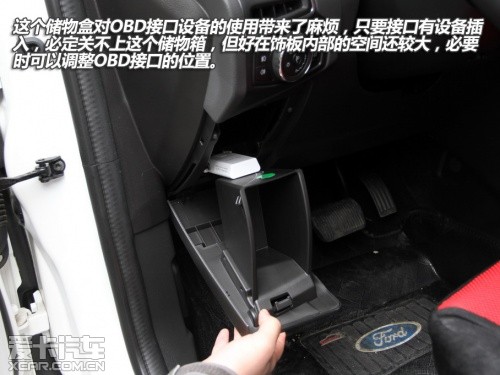Most car owners have heard of the OBD interface, but they don’t know much about what the OBD interface is and what it can do. Only when they go to the 4S shop for maintenance, they can see that the mechanic connects a special computer detector to the socket where the position can’t be seen clearly, and then the fault code of the vehicle is cleared, and the cleaned throttle is no longer reported wrong. In fact, this interface is not as mysterious as imagined, and for car owners, learning to use OBD interface can make you become a car master!
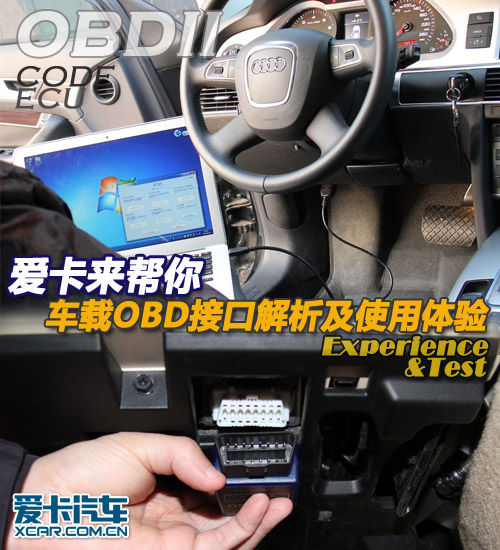
● What is OBD?
OBD, as the abbreviation of a proper term, is called on-board diagnostics, which means in Chinese: on-board automatic diagnosis system. This system can monitor the working conditions of the engine electronic control system and other functional modules of the vehicle in real time during the running of the vehicle. If the working conditions are abnormal, the specific faults can be judged according to a specific algorithm and stored in the memory of the system in the form of diagnostic fault codes (DTC). The useful information obtained after the system self-diagnosis can help the vehicle maintenance. The maintenance personnel can read the fault code by using the special instrument of the original automobile factory, so that the fault can be quickly located, which is convenient for the vehicle repair and reduces the time of manual diagnosis.
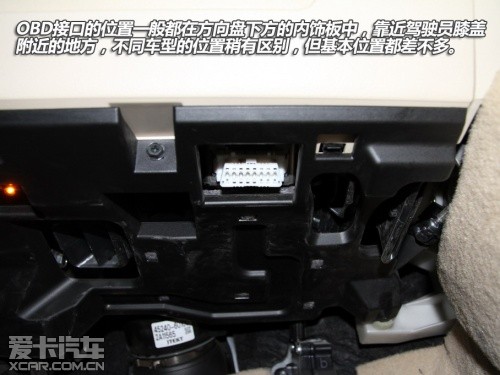
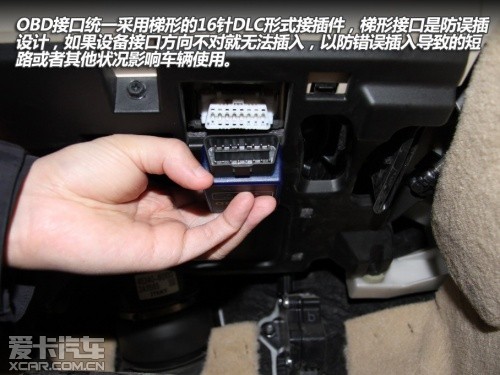
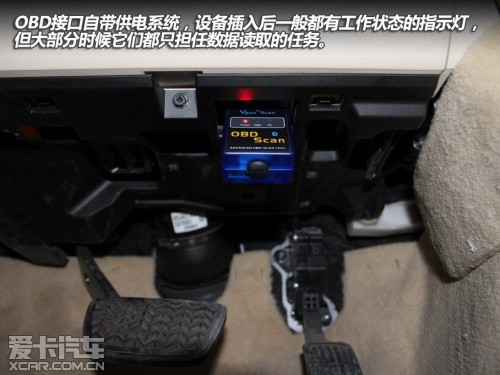
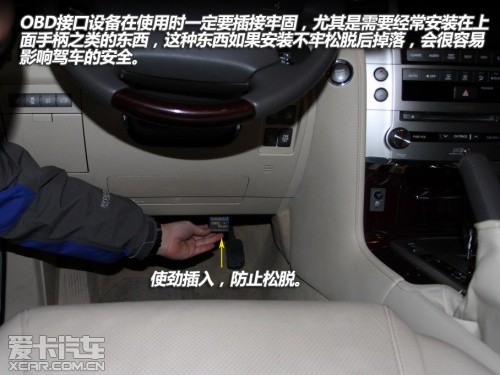
In order to unify the standards, SAE (Society of Automotive Engineers) formulated the OBD-II standard in 1988, because the OBD systems of different manufacturers were not compatible with each other. OBD— II. Standard testing procedures are implemented, with strict emission pertinence, for real-time monitoring of automobile exhaust emissions.
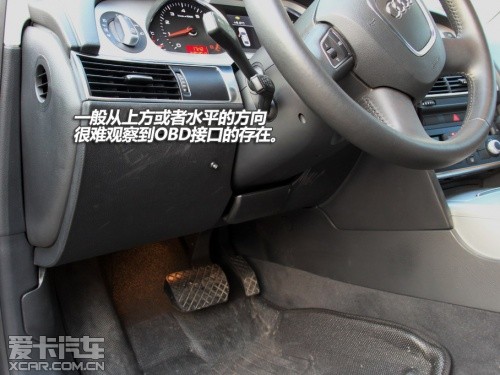
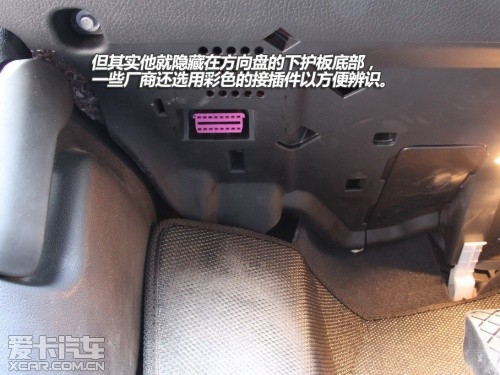
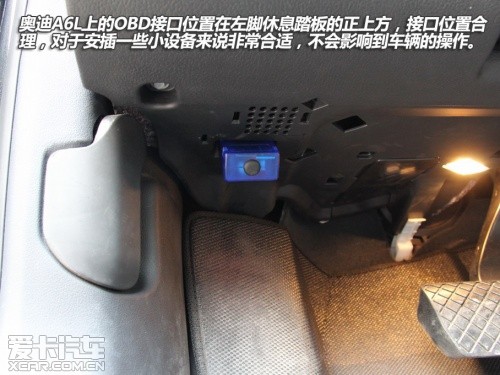
As a system for monitoring exhaust emissions, OBD gradually expanded its control range in the later development. With the improvement of various sensors and electronicization of vehicles, OBD brought all monitoring functions into its jurisdiction. Now when we talk about OBD, we usually use the word OBD interface, because we can only see the transmission interface of this system on the vehicle, but it is actually the aggregate of the whole vehicle control system.
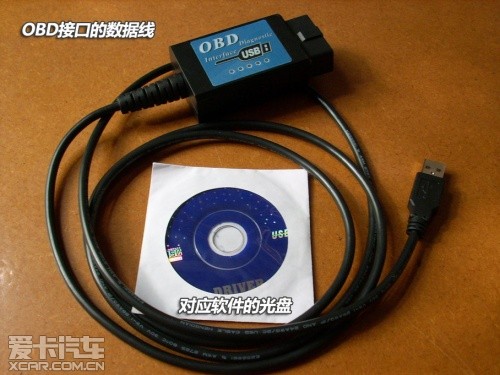
The early OBD interface used K-Line communication mode based on ISO protocol, which was connected with external devices through computer standard serial communication mode. Because of its low half-duplex communication efficiency, this communication mode has basically been eliminated. In recent years, the technical progress has made the new bus system become the mainstream, and CAN-BUS also uses the ISO-based protocol, but it belongs to the network distribution and has strong scalability. In July 2008, the domestic market began to make it mandatory for all vehicles sold in the market to be equipped with this protocol. The popularity of this protocol has greatly simplified the vehicle inspection work, and one detector can detect vehicles of multiple brands.
